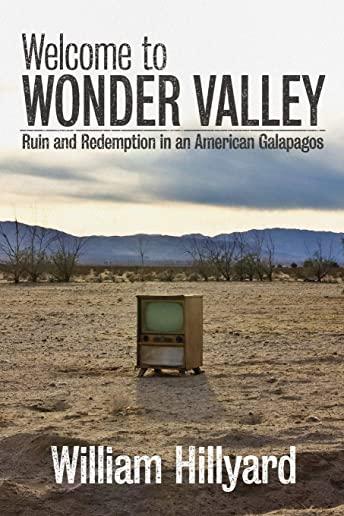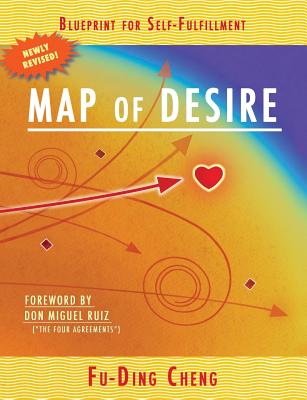
Hillyard, William
You might have passed through there, maybe. Out for a drive with time on your hands you might have noticed the abandoned homestead shacks crumbling along a grid of dirt tracks scraped into this corner of the Mojave Desert. Wonder Valley. It's a place peopled by a menagerie of misfits and miscreants, artists and retirees, methheads and the otherwise marginalized. They live in the derelict cabins, fixing them up, some, or just making do in others.
Author William Hillyard came to Wonder Valley to investigate the death of an old woman who had succumbed, alone, to the dry, desert heat. From his first encounter, however, Wonder Valley had a hold on Hillyard. He found it haunting and otherworldly, almost unbelievable in its strangeness. It was like a lost island, a desert Galapagos in a sea of sand. In its isolation a people had evolved, a breed apart from mainstream society, many of them living on this edge, the edge of an abyss, an abyss Hillyard felt he needed to peer down into. Hillyard appointed himself Wonder Valley's Darwin. He spent years in Wonder Valley immersed in and documenting the resilience and humanity of these people in the face of mental illness, alcoholism, poverty, and neglect, until the line between his reporting on and becoming one of them blurred.
In the vein of Hillbilly Elegy and the work of Michael Perry and writers like William Vollman, Ted Conover, and William Finnegan, Welcome to Wonder Valley explores a darker side of the American dream, a side so pervasive, yet so largely unacknowledged by major media. Interwoven with the memoir of Hillyard's own fall and recovery from financial and personal crises, the book looks at life in a place where the safety net barely exists and falling through the cracks is too often fatal.







